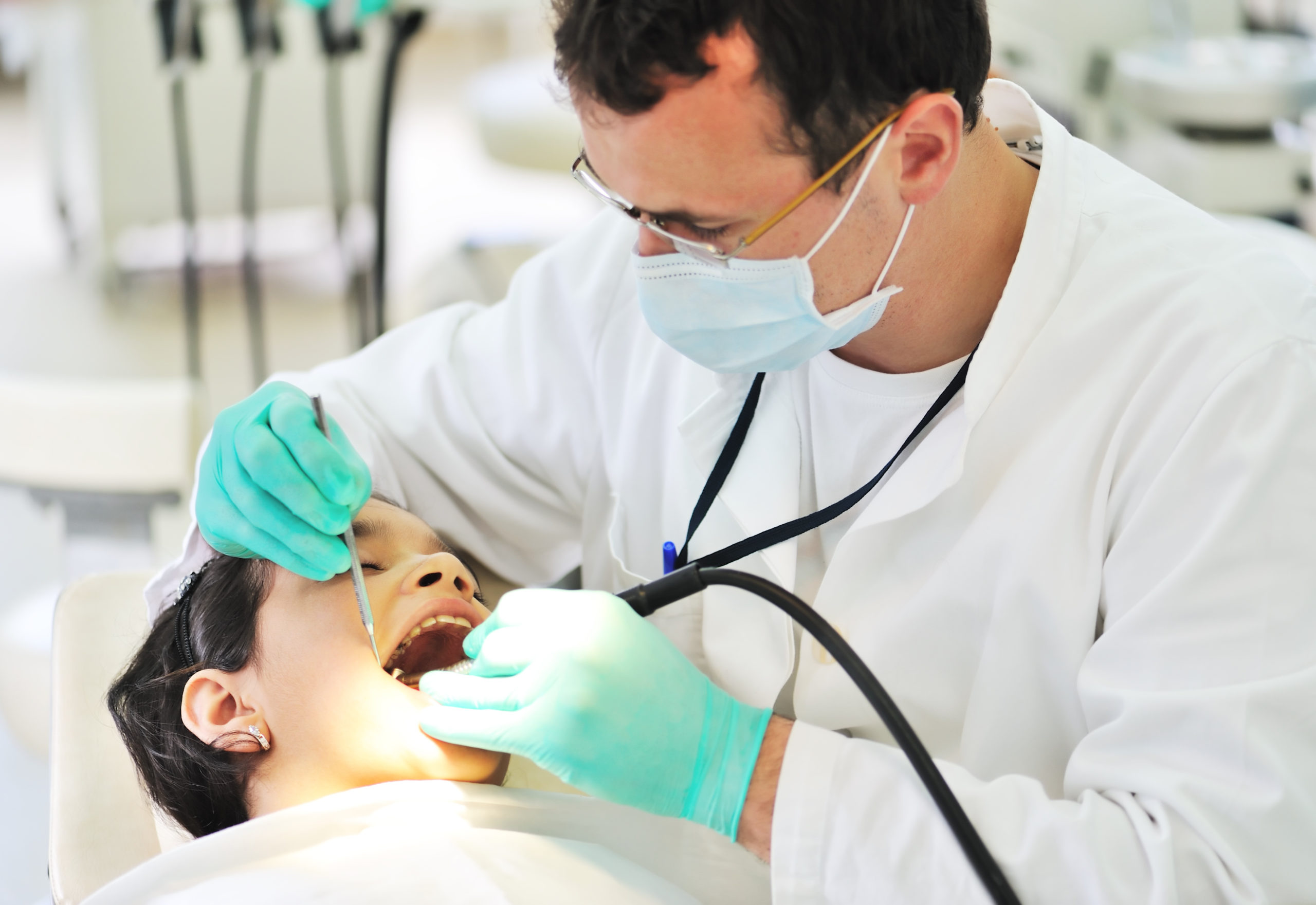Posted on March 19, 2021

Malocclusions are a prevalent dental health problem today. Statistics show that only 35% of adults have perfectly straight teeth. That is one of the reasons why researchers have been developing technologies to address misalignments. In this article, we look at the latest trends and how they may positively impact orthodontics in the future.
One of the developments in dental care is cutting-edge digital imaging tools. These tools are designed to enhance the in-chair experience at the orthodontist office. The patient can sit back comfortably to view images of their oral cavity in real-time. The use of the intraoral camera, which is an oversized pen-like camera that takes photos of the gums and teeth, now allows dentists to take images from all angles.
Digital tools can also store Intraoral photographs to facilitate diagnosis at the dental office. The images serve as visual references that you can use to discuss treatment options with your orthodontist.
State-of-the-art digital tools can generate a lot of valuable data during diagnosis at the orthodontist office. The information can be incorporated into applications to develop tailored solutions for patients.
Applications for 3D imaging today can generate real-life models to aid in oral evaluation. Using time-lapse frames, an orthodontist can get a clearer picture of their patient’s history.
Temporary Anchorage Devices, TADs, or micro-implants are minute screws placed on the jawbone. The braces stay in place to allow for movement of the teeth in ways that would otherwise not be possible. As a result, they cut down treatment times and offer more options for Invisalign treatment.
However, these appliances require an evaluation at the orthodontist office before the procedure. Some patients may have a thin jawbone that may not be suitable for fitting the screw. It is also not the best option for children under age 12.
Orthodontics research into better appliances to correct malocclusions has two objectives. The first is to move teeth more quickly, and its second goal is to manage discomfort during recovery. Thermally activated wires for modern braces are one viable solution.
The wires are activated by the warmth in the mouth. With time, the wire contracts, pushing back the teeth into position. The heating mechanism has proven to be effective for shifting the teeth without causing discomfort. They can reduce treatment times and make the experience more comfortable after the procedure.
Advances in dental appliances technology have made braces more accessible and comfortable, with many options to choose from. You can choose ceramic braces if you are looking for an inconspicuous option to straighten and brighten your teeth.
Today, Invisalign braces can track the progress during recovery with color codes. The system is useful for teens who may find it challenging to keep up with the treatment process. Dental appliances are made with materials that are much lighter and comfortable to wear.
Scientific research has unveiled a wide range of treatment solutions for misaligned and crooked teeth. This has made dental care more reliable and effective. However, a thorough evaluation at the orthodontist office is essential before treatment for the best results. Make a point of going for regular checkups to detect oral health issues before they become problematic.